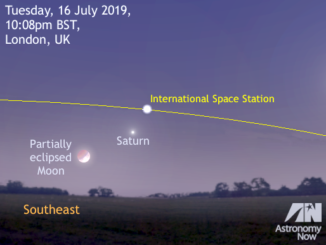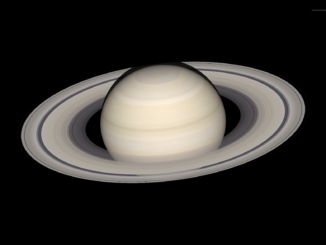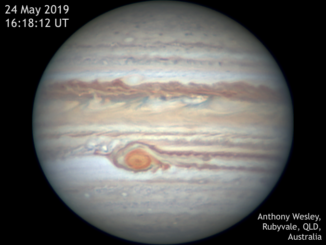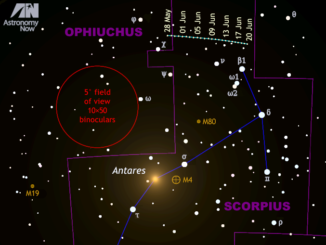
Seek out some fine summer multiple stars
Observers in the British Isles can rejoice that summer astronomical twilight all night is drawing to a close. But if Jupiter and Saturn are currently too low to view, you’re blighted by light pollution, or moonlight robs you of nebulae, why not seek out some of the many beautiful double and multiple stars on show?









